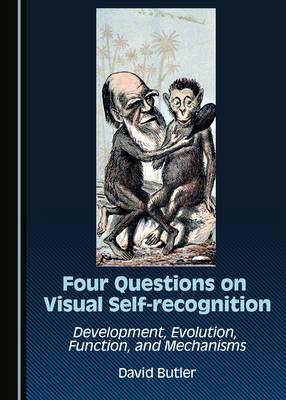Whether we like to admit it or not, most of us care about our own appearance: we spend some of each day in front of mirrors, invest our hard-earned money on grooming ourselves for both business and pleasure, and are increasingly prone to taking ‘selfies’. The basis of such behaviours is self-recognition, the process of identifying our own physical appearance. Over the last 200 years, this seemingly mundane ability has become increasingly subject to investigation by social scientists who are attempting to tease out some of its associated complexities: How do we recognize ourselves? Does it involve self-awareness? When does it develop? Which species do and do not show self-recognition? How does the brain perform self-recognition? What is the evolutionary value—if any—of self-recognition? Very few clear-cut answers exist for these questions; perhaps most problematic is the absence of consensus about how the brain underlies self-recognition. This book provides a broad multidisciplinary theoretical framework and an extensive overview concerning these issues, which—in conjunction with the advocation and execution of novel experimental paradigms—ultimately offers researchers an example of how to further clarify our understanding not only for the neural basis of self-recognition, but also its development, mechanisms, and function.
- ISBN13 9781443880503
- Publish Date 8 February 2016
- Publish Status Active
- Publish Country GB
- Imprint Cambridge Scholars Publishing
- Edition Unabridged edition
- Format Hardcover
- Pages 280
- Language English
